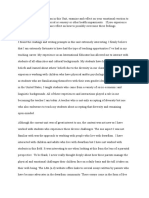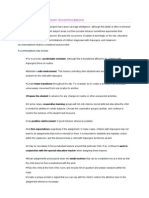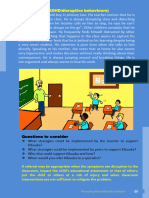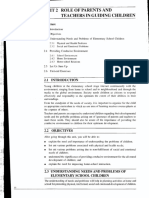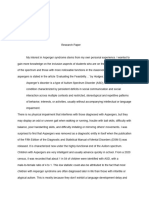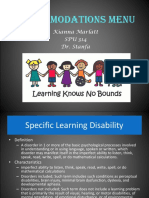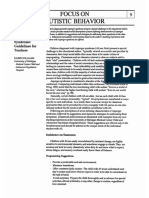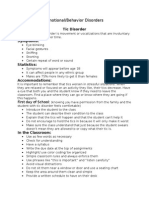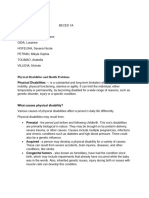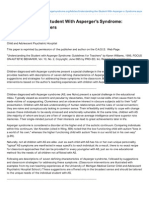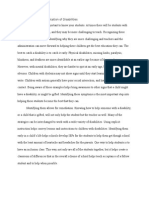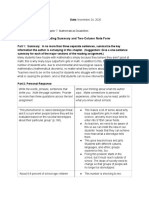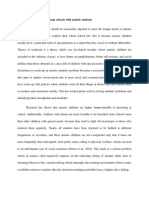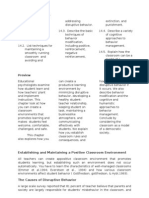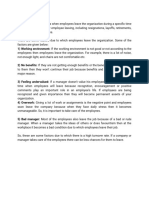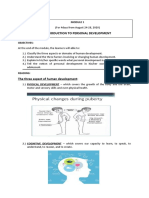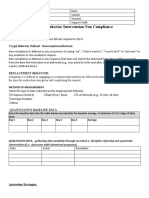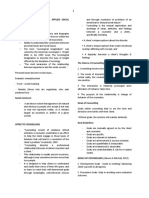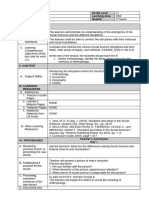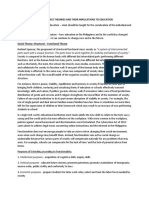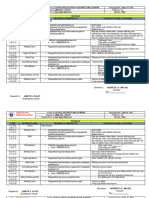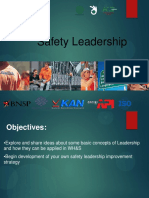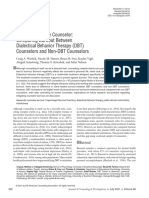0% found this document useful (0 votes)
106 views5 pagesDwarfism Assignment
Dwarfism is classified as a disability, though some don't view it that way. Students with dwarfism can do everything regularly sized students can do, but face limitations from their height. In school, they may experience bullying, anxiety over their small stature completing tasks, and difficulties with time management. Teachers should treat dwarfism students the same, educate against bullying, make accommodations for their size like step stools, and give more time for assignments if needed.
Uploaded by
Haleema AwanCopyright
© © All Rights Reserved
We take content rights seriously. If you suspect this is your content, claim it here.
Available Formats
Download as PDF, TXT or read online on Scribd
0% found this document useful (0 votes)
106 views5 pagesDwarfism Assignment
Dwarfism is classified as a disability, though some don't view it that way. Students with dwarfism can do everything regularly sized students can do, but face limitations from their height. In school, they may experience bullying, anxiety over their small stature completing tasks, and difficulties with time management. Teachers should treat dwarfism students the same, educate against bullying, make accommodations for their size like step stools, and give more time for assignments if needed.
Uploaded by
Haleema AwanCopyright
© © All Rights Reserved
We take content rights seriously. If you suspect this is your content, claim it here.
Available Formats
Download as PDF, TXT or read online on Scribd
/ 5




